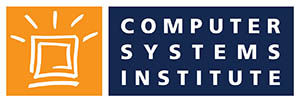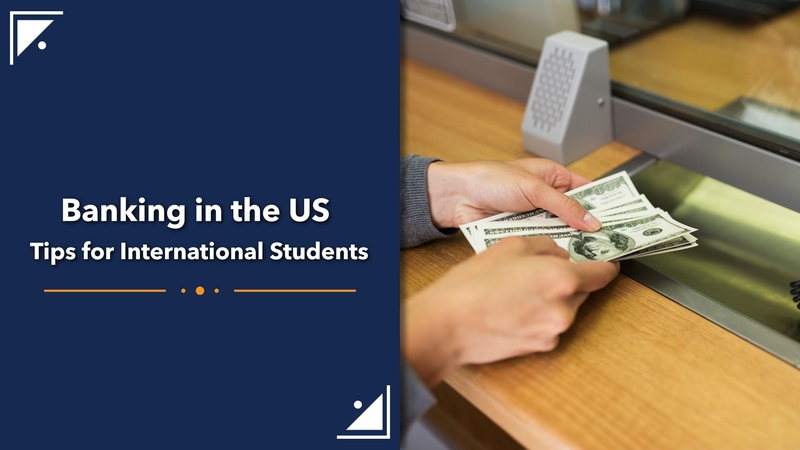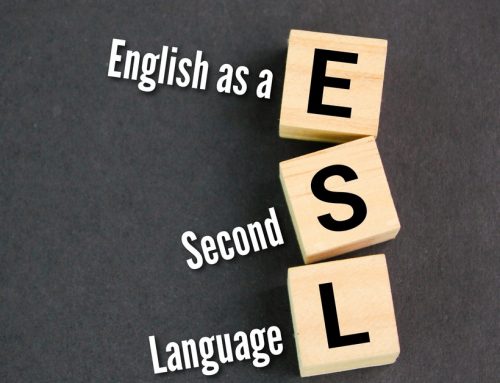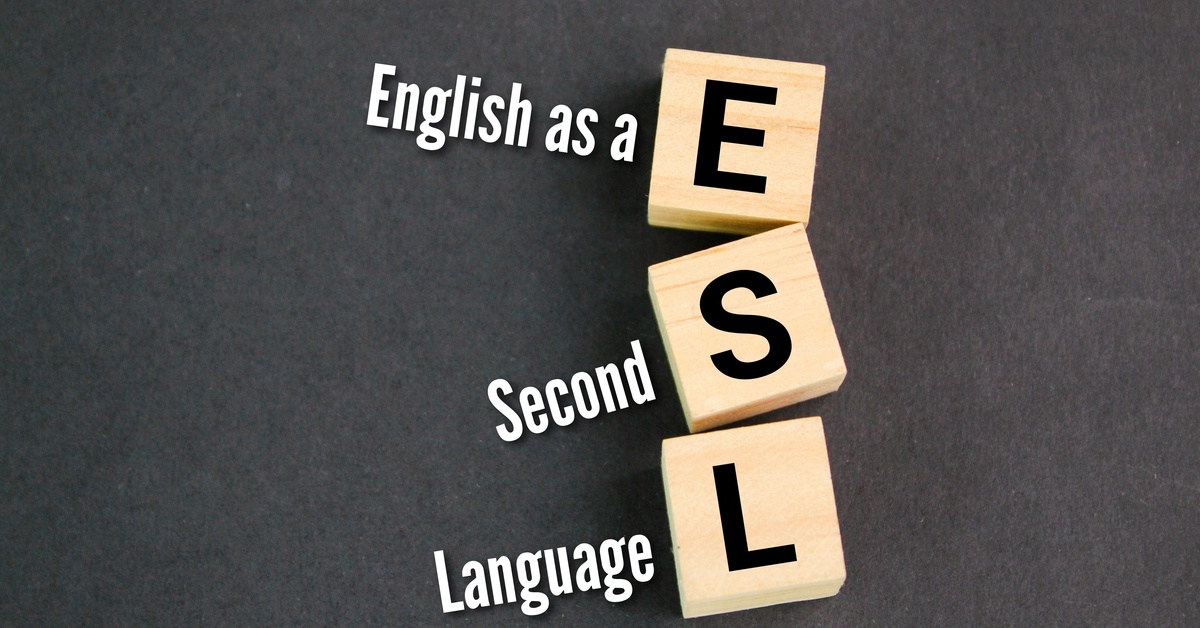As an international student, opening a domestic bank account can help you adjust to your new life in the US. Eliminating the worry of excessive foreign transaction fees and having more convenient ways to pay for your everyday essentials like food, rent, clothes, and school supplies can help lessen the culture shock of attending a new school in a new country.
Setting up any financial account can be daunting, but there are simple steps you can take to make sure you understand how to choose a new bank, open a new account, and start enjoying student life. We’ll cover bank account types, important terms, and helpful tips on how to get more comfortable with banking in the US as an international student.
Account Types
There are three main types of accounts: checking, savings, and credit. Here’s a breakdown of each to make sure you understand which account is best for you now and help prepare you for the future.
- Checking Account
This type of account allows you to deposit, withdraw, send money, and make purchases online and in-person. Use this account whenever you need to use your money right away.
- Savings
This type of account allows you to earn a small amount of interest on your money as you save over time. Use this account when you need to save for a big purchase or to be prepared for an emergency.
- Credit Card
Some banks may allow international students to open a credit card account with a prepaid initial deposit to build a credit score when they pay it back on time. Use a credit account when you need to make a purchase now and pay later or pay over a period of time but with interest.
Important Bank Terms
Now that you know what account types are available to you let’s go over some key bank terms that can help you understand how your account works.
Deposits - When you put money into any of your accounts (including cash, checks, money orders, etc.)
Withdrawals - When you take money out of any of your accounts (including cash, checks, etc.)
Purchases - When you spend money from your account for daily essentials or bills
Transfers – When you move money between your accounts (i.e., from checking to savings or vice versa)
Bank Statement – A record of your monthly transactions that shows the balance of funds in your account on a specific date and all your transactions (see above definitions).
US Bank Options
Some banks offer regular account services specifically for international students in the US that would allow you to send money online or receive it from your family. Here are a few popular banks, account types, and their features (which may change at any time):
•Bank of America – Advantage Safe Balance Banking (No monthly fee for students under 24 years old and enrolled in school)
•Wells Fargo – Student Checking Account ($10 fee, waived if students aged between 17 to 24 years old)
•HSBC USA – International Student Account (No monthly fee and can connect to an HSBC account in your home country)
•U.S. Bank – Student Checking Account (No monthly fee with four non-US bank ATM transactions per statement period)
•TD Bank – TD Student Checking (No monthly fee and a discount on first order of checks)
•Capital One – 360 Checking Account (No monthly fee and no minimum balance and overdraft options)
•Santander – Student Value Checking (No monthly fee, no minimum balance and discounts on Santander savings accounts)
•Chase – Chase College Checking ($6 monthly fee with fees waived for students and new customers receive a $100 credit)
Now that you have banking options to choose from let’s make sure you know what to bring to open your new banking account in the United States.
Preparing Your Documents
As an international student, the bank you choose will require the following documents to open your new account:
• Your Valid Passport
• Student Visa or I-20
• Second ID proof (driver’s license, birth certificate, or student identification)
• Proof of university enrollment (I-20 or letter of enrollment verification)
• An initial deposit to open the bank account (the amount may differ with each bank)
It’s recommended to visit the bank’s branch to open your account or chat with a bank teller on the phone or website to make sure they allow students to open a new account online. Make sure to ask what specific documentation the bank you choose requires.
FAQs
Here are some Frequently Asked Questions to help you learn more about bank accounts in the US:
What type of banking services would you require?
- Check with the bank to see if they provide services like digital banking, debit cards, and credit cards.
How much will you be transferring every month?
- The bank’s charges may be based on the amount of money transferred and the minimum amount you wish to keep in your account.
Is the nearest branch and its ATM within your residential vicinity?
- Choose a bank whose branch and ATM are nearby your place of residence while living in the USA.
Does the FDIC insure the bank?
- You should choose a bank secured by the Federal Deposit Insurance Corporation, which federally ensures you receive your funds even if the bank goes under.
Now that you have a basic understanding of banking in the US as an international student, you can start working towards your career goals at CSI with one less thing to worry about. If you need any additional resources, you can find them on the CSI Resources page.






